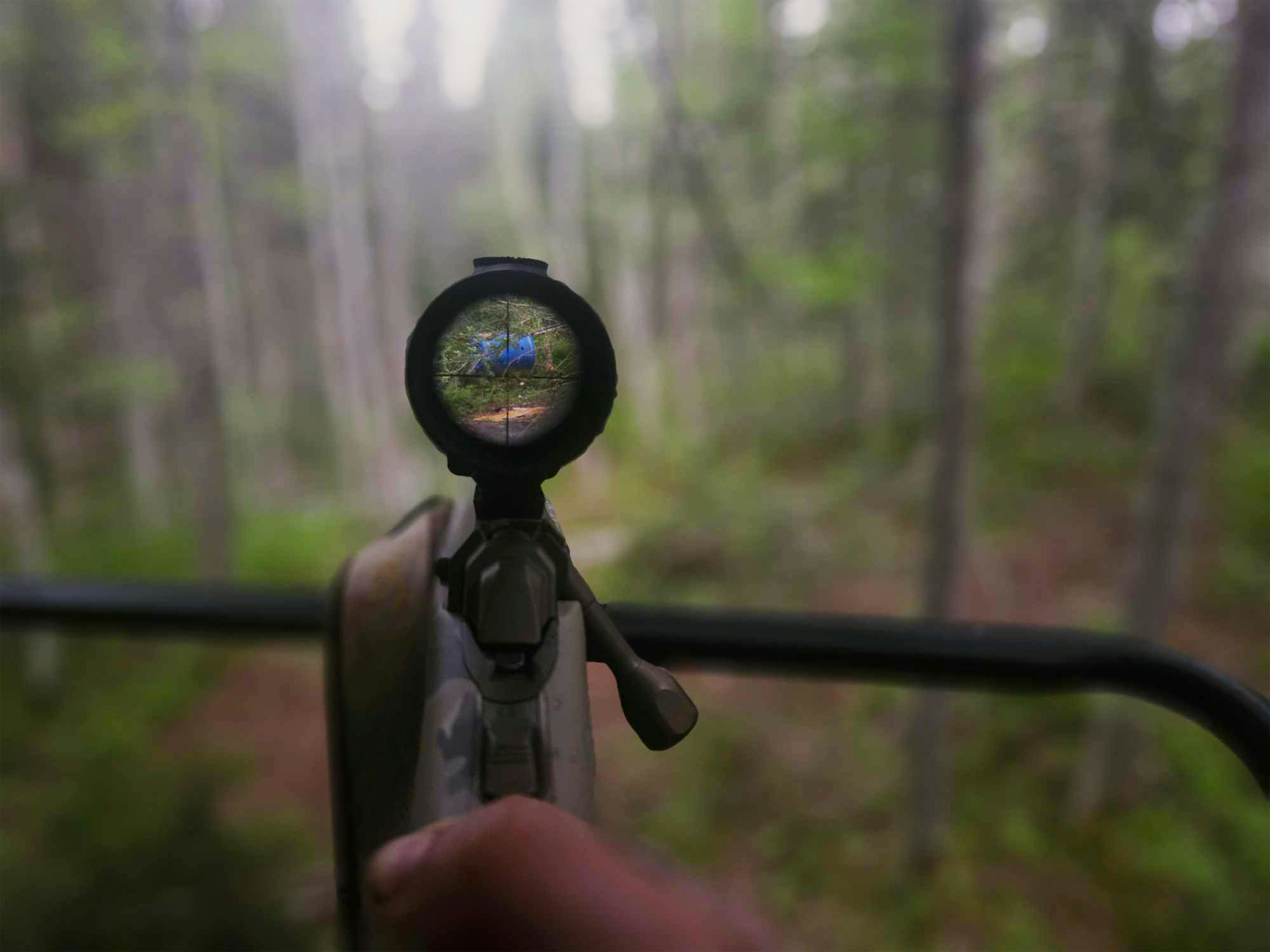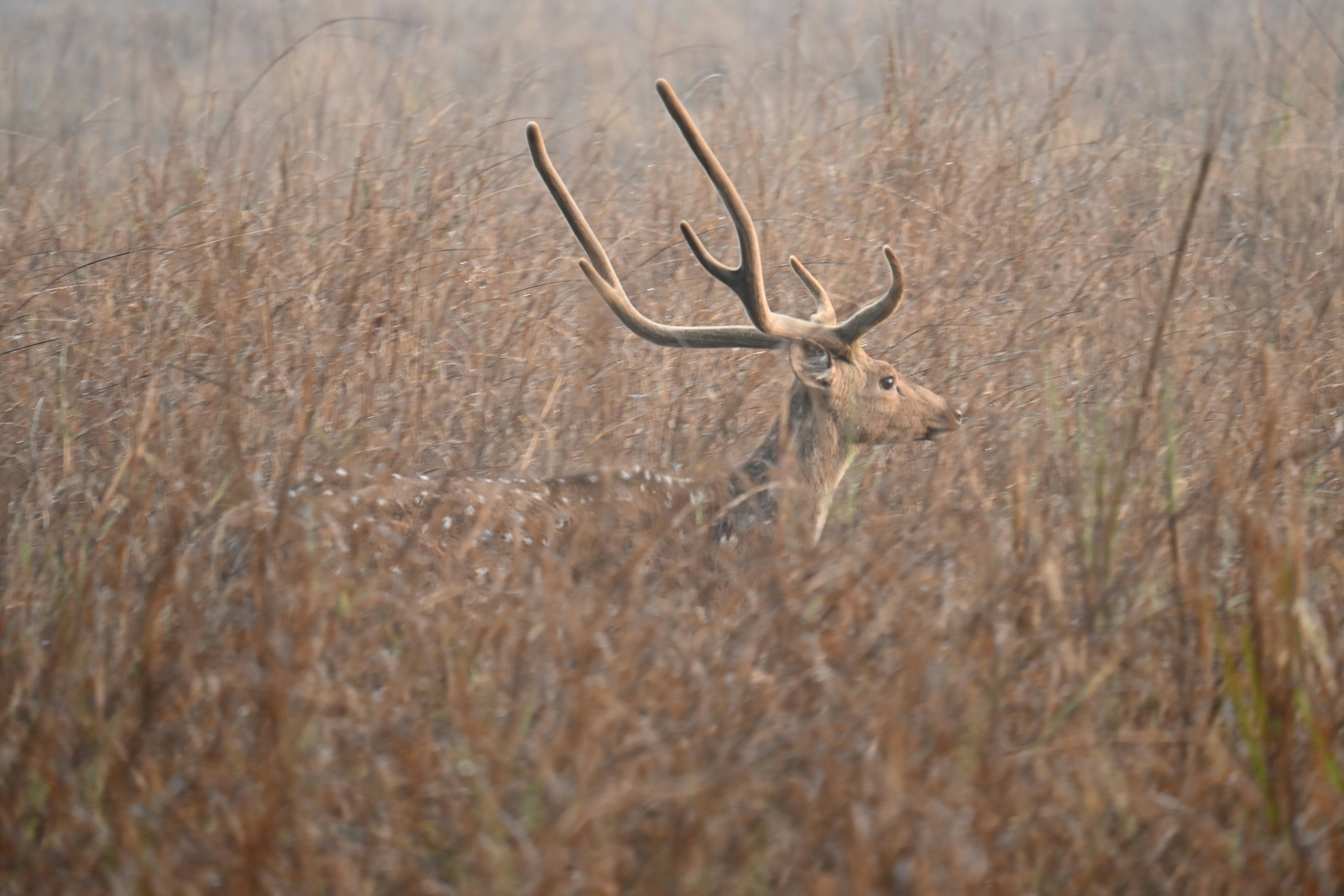frog seasonal movement patterns
Expert guidance for frog hunting including equipment, techniques, timing, and location-specific strategies.
Introduction
Frog hunting requires specialized knowledge, appropriate equipment, and understanding of animal behavior to ensure successful and ethical hunting experiences. This comprehensive guide provides detailed information about hunting strategies, equipment recommendations, and best practices for frog hunting.
Understanding the specific requirements for hunting frog in various locations involves knowing optimal timing, weather conditions, terrain considerations, and local regulations that affect hunting success and safety.
Essential Equipment for Frog Hunting
Firearms and Archery Equipment
Successful frog hunting requires appropriate weaponry suited to the animal's size, habitat, and hunting conditions:
- Rifle specifications: Caliber recommendations based on animal size and hunting distance
- Bow requirements: Draw weight and arrow specifications for ethical harvesting
- Ammunition selection: Bullet weight and construction for optimal performance
- Scope considerations: Magnification and reticle choices for hunting conditions
Specialized Hunting Gear
Frog hunting often requires specialized equipment designed for specific hunting conditions:
- Camouflage patterns: Appropriate for local terrain and vegetation
- Scent control: Essential for close-approach hunting opportunities
- Calls and attractants: Species-specific vocalizations and scents
- Tree stands and blinds: Positioning equipment for optimal shot opportunities
Hunting Techniques and Strategies
Seasonal Hunting Approaches
Different seasons require adapted hunting strategies for frog:
Early Season Strategies:
- Animal behavior patterns during early hunting periods
- Food source identification and hunting near feeding areas
- Weather consideration for early season success
Peak Season Techniques:
- Optimal timing during primary hunting periods
- Rut behavior and breeding season opportunities
- Advanced techniques for experienced hunters
Late Season Methods:
- Challenging conditions and adaptive strategies
- Weather-related hunting considerations
- End-of-season animal behavior patterns
Location-Specific Hunting in various locations
various locations offers unique hunting opportunities for frog with specific advantages:
- Terrain characteristics: How local geography affects hunting success
- Population density: Animal numbers and distribution patterns
- Access opportunities: Public and private hunting land availability
- Regional regulations: Local hunting laws and requirements
Animal Behavior and Biology
Understanding Frog Behavior
Successful hunting requires deep understanding of animal behavior patterns:
- Daily activity patterns: Peak activity times and rest periods
- Feeding behaviors: Food preferences and feeding schedules
- Social structures: Group dynamics and territorial behaviors
- Seasonal movements: Migration patterns and habitat changes
Physical Characteristics and Identification
Proper identification ensures ethical hunting and regulatory compliance:
- Size and weight ranges: Expected animal dimensions
- Physical features: Distinguishing characteristics and markings
- Age determination: How to assess animal maturity
- Trophy considerations: Scoring and measurement criteria
Shot Placement and Field Care
Ethical Shot Placement
Proper shot placement ensures quick, humane harvesting:
- Vital zone anatomy: Understanding internal organ placement
- Shot angle considerations: How position affects shot placement
- Distance limitations: Maximum effective range for hunting equipment
- Follow-up procedures: Tracking and recovery techniques
Field Dressing and Care
Immediate field care preserves meat quality and ensures safety:
- Field dressing techniques: Step-by-step processing procedures
- Cooling and transportation: Maintaining meat quality in field conditions
- Safety considerations: Disease prevention and handling precautions
- Legal requirements: Tagging and reporting obligations
Weather and Timing Considerations
Optimal Weather Conditions
Weather significantly impacts frog hunting success:
- Temperature effects: How weather influences animal activity
- Precipitation impacts: Rain and snow considerations
- Wind factors: Using wind direction for hunting advantage
- Barometric pressure: How pressure changes affect animal behavior
Seasonal Timing Strategies
Timing is crucial for consistent hunting success:
- Pre-season preparation: Scouting and preparation activities
- Opening day strategies: Making the most of early opportunities
- Mid-season adjustments: Adapting to changing conditions
- Late season techniques: End-of-season hunting approaches
Safety and Legal Considerations
Hunting Safety Protocols
Safety remains the highest priority in all hunting activities:
- Firearm safety: Proper handling and shooting procedures
- Tree stand safety: Fall prevention and equipment inspection
- Communication: Emergency procedures and location sharing
- First aid preparedness: Essential medical supplies and knowledge
Legal Compliance
Understanding and following hunting regulations ensures ethical hunting:
- License requirements: Proper permits and tags
- Season dates: Legal hunting periods and restrictions
- Bag limits: Harvest restrictions and reporting requirements
- Land access: Permission and trespassing considerations
Expert Tips for Success
- Scout thoroughly: Pre-season scouting dramatically improves success rates
- Practice regularly: Maintain shooting proficiency throughout the year
- Study weather patterns: Understand how weather affects animal behavior
- Use quality equipment: Invest in reliable gear suited to hunting conditions
- Learn from experience: Each hunt provides valuable learning opportunities
- Respect the animal: Practice ethical hunting and conservation principles
- Follow regulations: Understand and comply with all hunting laws
- Prioritize safety: Never compromise safety for hunting opportunities
Conservation and Ethics
Frog hunting contributes to wildlife conservation through:
- License revenue: Funding for habitat preservation and research
- Population management: Maintaining healthy animal populations
- Habitat improvement: Hunter-funded conservation projects
- Scientific research: Data collection for wildlife management
Ethical hunting practices ensure sustainable hunting opportunities for future generations while maintaining respect for wildlife and natural resources.
This article provides educational information about frog hunting. Always verify current regulations and requirements with appropriate authorities before hunting.



